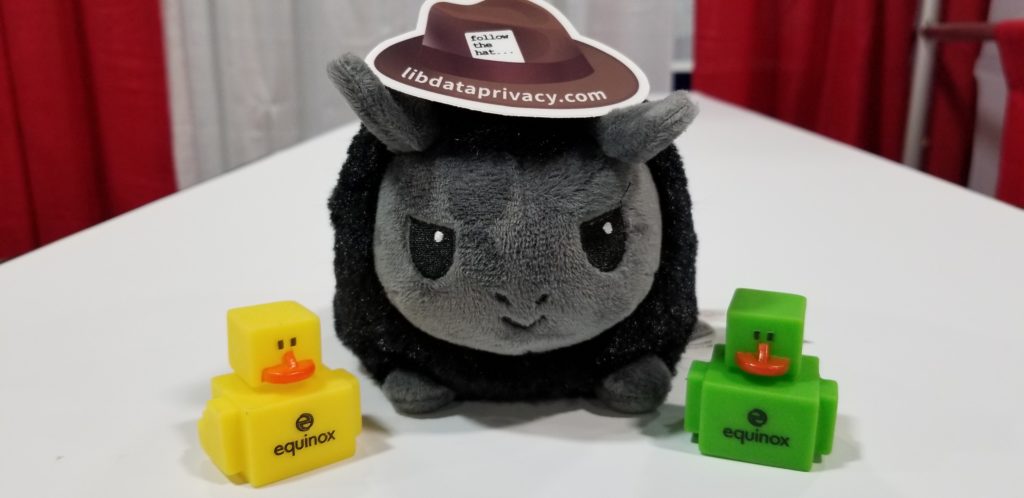
Seattle is in the middle of a record-breaking heatwave, with Monday predicted to be in the low 100s F, making this the third consecutive day of 100+ temperatures. This week’s newsletter comes to you in three short parts as we take advantage of the cooler temperatures to write.
What’s going on in Colorado?
When we last wrote, Colorado lawmakers passed the Colorado Privacy Act, making it the third state to enact data privacy regulations, behind California and Virginia. While the bill has yet to receive the governor’s signature, the privacy world is already planning for CPA. CPA stays relatively close to California and Virginia data privacy regulation, though CPA also takes some inspiration from GDPR. There is one key distinction that sets CPA apart from the other states’ laws – the inclusion (or, more accurately, the lack of exemption) of non-profit entities alongside their commercial counterparts in the scope of the Act. This inclusion could mean that many non-profit library vendors who fell outside the scope of CCPA, CPRA, and CDPA might need to assess if their data privacy practices need to change to comply with CPA.
What does compliance to CPA all entail? The charts from the National Law Review comparing CPA with GDPR and the California data privacy laws are a good place to start. The write-up on CPA from Thompson Hine LLP provides a more focused overview of Colorado’s (soon to be) new law. Finally, an IAPP article about the CPA talks about the strengths, missed opportunities, and less than stellar parts of the Act.
Privacy webinars and websites and resources, oh my!
Are you looking for library privacy webinars? How about recordings? Resources? No matter what you’re looking for, we got you covered!
- This Tuesday, June 29th, at 4 pm Eastern Time, Safe Data | Safe Families will be hosting a free webinar sharing materials and resources to help public libraries and patrons face the challenges around data privacy and security at the library and beyond. Even if you can’t make it to the webinar, check out the staff training resources on the website, particularly the personas you can use for your library privacy training.
- If you missed the Health Literacy and Privacy in a Pandemic webinar series, don’t fret! You can access and download notes, graphs, and other documentation from the conference at https://healthandprivacy.com/notes/. Looking for the videos? You can watch them as well on the front page.
- Last but not least, if you missed our founder’s keynote at the Evergreen International Conference, you can now watch the recording on YouTube. Download the slides to follow along as well as resource notes!
Reader survey
Thank you all again for those who filled out the reader survey. While we had a small number of respondents, the responses were all positive! Based on the survey, we will hold off on membership levels and monthly subscription memberships for now but will continue to provide the vast array of content to continue to be helpful in your work.
On the other hand, the Executive Assistant was slightly disappointed that more people did not demand more cat photos in the survey. We will attempt to cheer her up with a nice cool can of tuna, though that could mean changing our donation from a cup of tea to a can of tuna.
Write about library privacy (and more) at the ALA Intellectual Freedom Blog!
Is the library privacy muse inspiring you to write a blog post or two about library privacy topics? Sign up to be a blog writer for the ALA Intellectual Freedom blog! This is an excellent opportunity for those wanting to share your thoughts about library privacy to a large library audience or those looking for a service opportunity (I’m looking at you, academic library folks!). Go to the Blogger Application page to learn more about becoming a writer for the blog.


